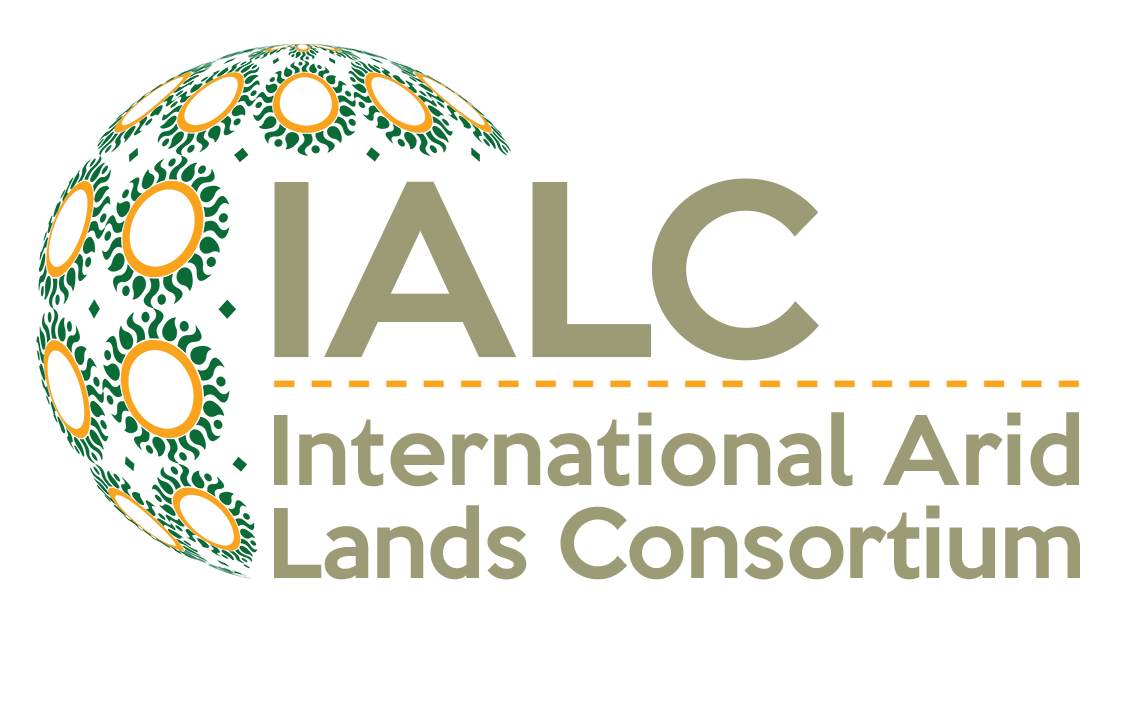Integrated Technology Transfer: Soil Management for Erodible Lands
Investigators (most current known information)
Proposal Abstract
Dryland management practices in the Northern Great Plains must take into consideration the potential for wind, water, and tillage erosion. No-till is a proven technology that minimizes the above soil degradation processes. However, no-till requires a change in management, technology, and philosophy that can sometimes be difficult for a tillage-based farmer to fully understand. A demonstration project was developed to enhance the infrastructure used to transfer region-appropriate soil management technology.
The project included cooperation between USDA-ARS (Agricultural Research Service), USDA-NRCS (National Resource Conservation Service), SDSU Agricultural Experiment Station, SDSU Cooperative Extension Service, and the SD No-Till Association. The IALC0-funded project cooperated with a partnership of eight private and governmental agencies. An individual with the USDA-NRCS was central to coordinating and integrating the activities of the two projects. The integration of activities between the two groups greatly increased the impact of the demonstration project.
On-farm demonstration sites were a key component of the demonstration project. Twelve sites were established. Each site had in common a conventionally tilled field, field in no-till for a minimum of five years, and a field in grass that had never been tilled. The demonstration sites were used for workshop and training events, and as a source of information about management effects on soil properties that were utilized in technology transfer workshops and conferences.
The involvement of no-till farmers was a critically important component of the technology transfer process. No-till farmers were an important component of 11 no-till technology transfer teams. These teams were established to aid in workshops and to provide feedback on information and research needs for no-till. These teams included 78 no-till farmers and 62 technology transfer specialists from the federal and state government, and private industry. More than 50 workshops, field tours, and conferences about no-till technology were given during the life of the project. An estimated 4,500 individuals attended the various no-till workshops and conferences in the state of South Dakota. Information gained from the demonstration sites, no-till farmer experiences, and research-based decision tools were used for workshop presentations. A web site was established as a central index for no-till information from SDSU extension specialists and included links to other sources of no-till information.
A survey given at the 2001 South Dakota No-Till Conference illustrates the importance of integrating no-till farmers in the technology transfer process. Seventy-eight percent of farmers who completed the survey (98 respondents) rated no-till farmers as an excellent source of information, higher than any other source. A long-term benefit of the demonstration project has been an increase in the linkages formed between no- till farmers, technology transfer agents, and researchers.
Outcome
Articles in Journals
Eynard, A., T.E. Schumacher, M.J. Lindstrom and D.D. Malo. 2004. "Porosity and pore-size distribution in cultivated ustolls and usterts." SSSAJ 68. (in press)
Eynard, A., T.E. Schumacher, M.J. Lindstrom and D.D. Malo. 2004. "Aggregate sizes and stability in cultivated ustolls and usterts of South Dakota prairie." SSSAJ 68:1360-1365.
Eynard, A., T.E. Schumacher, M.J. Lindstrom, D.D. Malo and R.A. Kohl. 2004. "Wettability of soil aggregates from cultivated and uncultivated usterts and ustolls." Australian Journal of Soil Research 42:163-170.
Carpenter-Boggs, L, P.D. Stahl, M.J. Lindstrom and T.E. Schumacher. 2003. "Soil microbial properties under permanent grass, conventional tillage and no-till management in South Dakota." Soil Tillage Research 71:15-23.
M.S. Thesis
Noble, C.W. 2003. The effects of tillage and agricultural use on soil arthropods in central South Dakota. M.S. Thesis. South Dakota State University, Brookings SD.
Dissertation
Eynard, A. 2001. Structural stability in agricultural soils in the upper Missouri River basin. Ph.D. Dissertation. South Dakota State University. Brookings SD.

